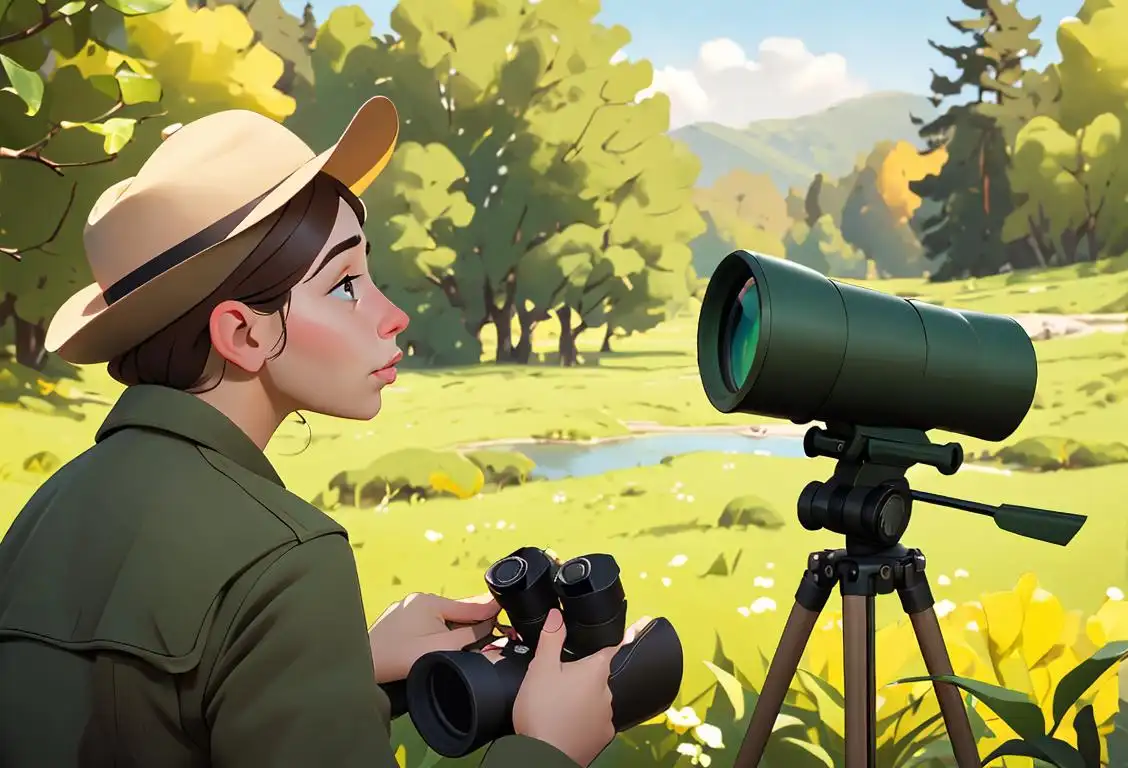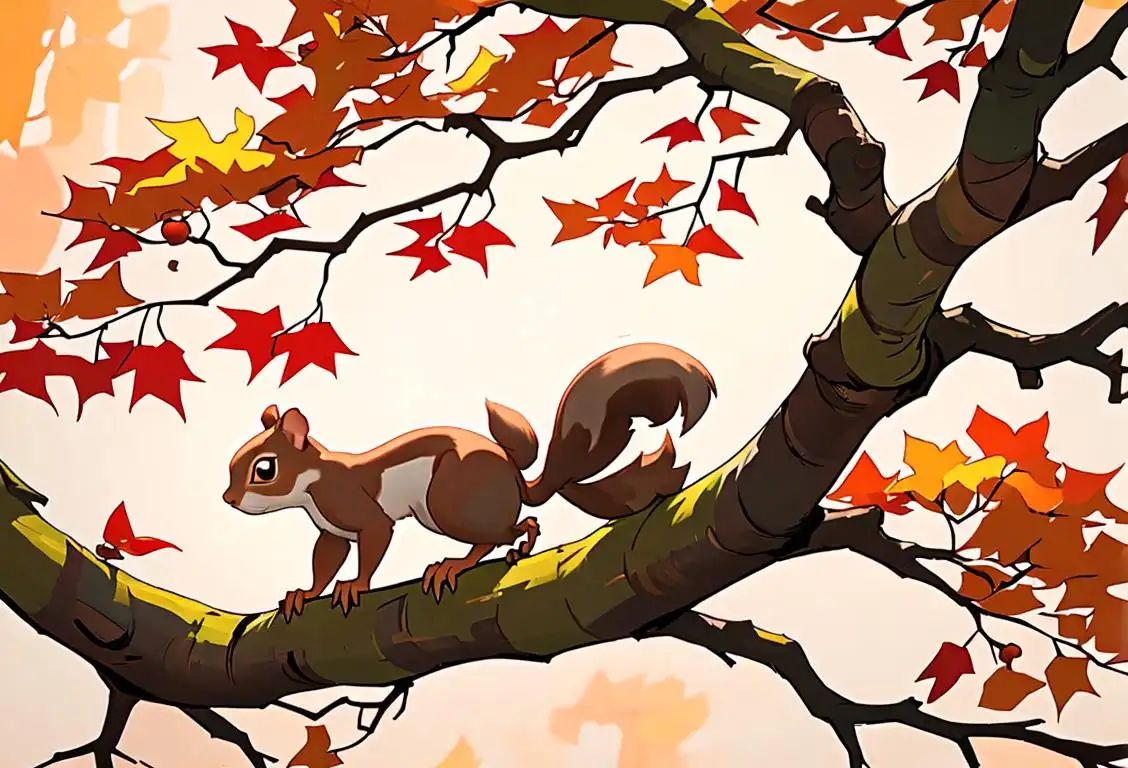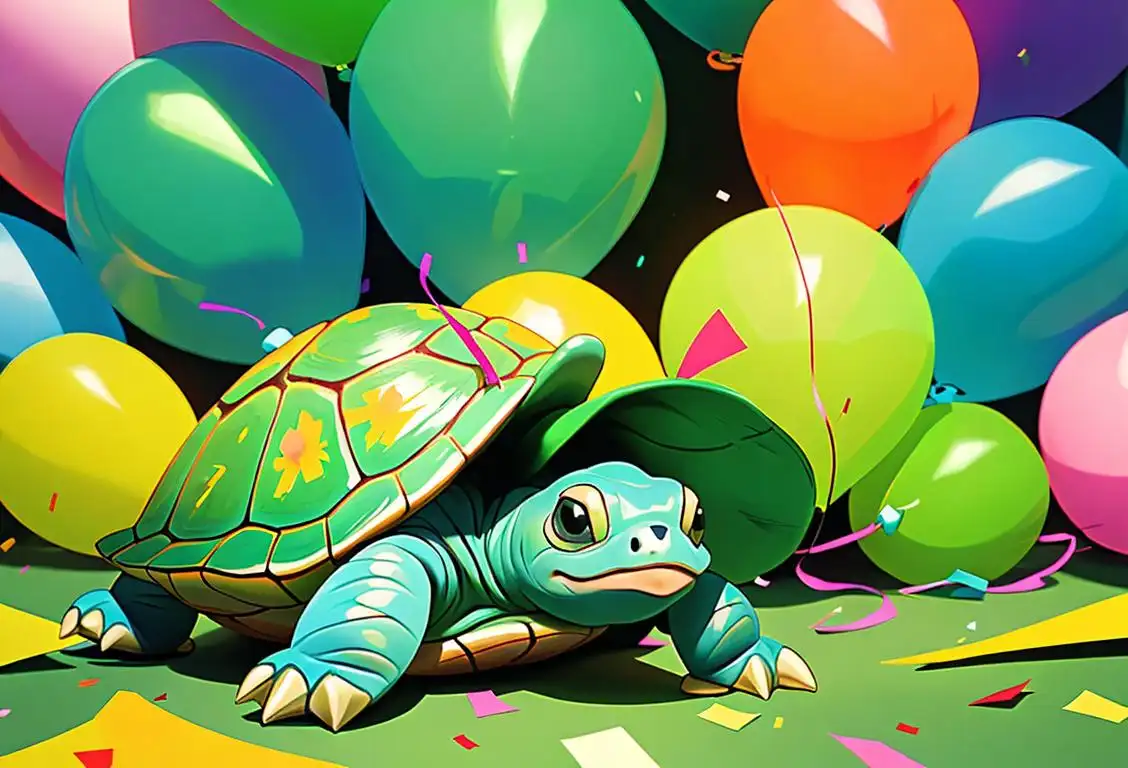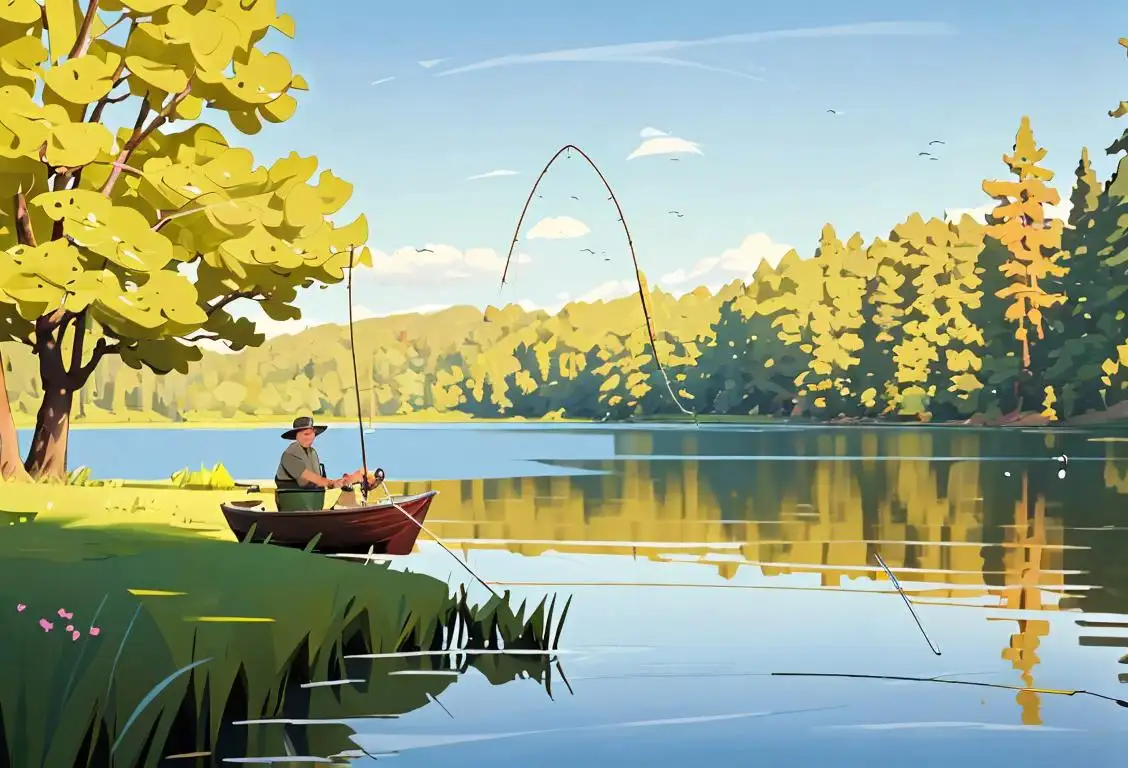National Go Birding Day

Hey there, bird enthusiasts! Get ready to spread your wings and fly high because it's National Go Birding Day! This day is all about celebrating our feathered friends and immersing ourselves in the wonderful world of ornithology. So, grab your binoculars, put on your birding hat, and let's dive into the fascinating realm of birdwatching!
When is Go Birding Day?
It's national go birding day on the 25th April.
The Internet History of National Go Birding Day
Before we embark on our avian adventure, let's take a quick trip back in time to uncover the roots of National Go Birding Day. This delightful observance had its origins in the online birdwatching community, where bird lovers from around the globe would gather and share their love for our feathered companions.
On April 25, 2015, the internet erupted with chatter and excitement about National Go Birding Day. Birdwatching enthusiasts flocked to social media sites, forums, and birding blogs to discuss their plans for the day. From seasoned birders to beginners, everyone was eager to celebrate the beauty and diversity of the avian world.
Birdwatching: A Fun and Educational Activity
So, what's so special about birdwatching? Well, apart from being an enjoyable pastime, it also provides numerous benefits. For one, birdwatching gets you outdoors, breathing in the fresh air and basking in nature's splendor. It offers a peaceful and meditative escape from the hustle and bustle of daily life.
Moreover, birdwatching is a fantastic way to learn about different bird species and their behaviors. By observing their intricate plumage, unique songs, and graceful flight patterns, you'll gain a deeper appreciation for these wonderful creatures. Plus, it's a great way to meet like-minded people and build a community around your shared love for birds.
Did You Know?
Here's a fun fact to pique your curiosity! Did you know that the world's smallest bird is the bee hummingbird? Weighing in at just under two grams, this tiny creature is an absolute marvel of nature. With its vibrant feathers and incredible speed, the bee hummingbird is a sight to behold!
History behind the term 'Go Birding'
1901
Origins of birding
Birding, or the observing of birds in their natural habitats, has been a popular activity for centuries. It started gaining significant attention in the early 20th century when people became more interested in the natural world around them. Bird watching clubs and societies began to form, fostering a sense of camaraderie among enthusiasts.
1933
The term 'birding' emerges
The term 'birding' was coined in the 1930s as a shortened version of 'bird-watching.' It became the preferred term for the activity as it conveyed a sense of active engagement and excitement. 'Birding' captured the idea that participants were actively seeking out and identifying birds rather than simply passively watching them.
1960s
Birding as a conservation tool
During the 1960s, birding began to take on a new significance. It became recognized as not only a recreational activity but also a valuable tool in conservation efforts. Birders started participating in citizen science projects, collecting data on bird populations and migrations. This data proved crucial in understanding the impact of environmental changes and in driving conservation strategies.
1980s
The rise of eco-tourism
In the 1980s, birding started to intersect with tourism, giving rise to the concept of eco-tourism. Travel companies and destinations began catering to birding enthusiasts, offering specialized birding tours and packages. This trend allowed people to combine their love for birding with the exploration of new places, thereby boosting local economies and promoting conservation initiatives.
Present
Birding in the digital age
Today, birding has become even more accessible and widespread with the advent of digital technology. Smartphone apps, online communities, and social media platforms have made it easier than ever for birders to connect, share sightings, and access valuable resources. The term 'go birding' has become a commonly used phrase among enthusiasts, indicating an intention to actively go out and explore nature while seeking avian wonders.
Did you know?
Did you know that the world's smallest bird is the bee hummingbird? Weighing in at just under two grams, this tiny creature is an absolute marvel of nature.Tagged
fun nature hobbiesFirst identified
25th April 2015Most mentioned on
25th April 2015Total mentions
14Other days
Go Birding Day
Squirrel Appreciation Day
Public Lands Day
Go Fishing Day
Turtle Day
Badger Day
Bat Appreciation Day
Hunting And Fishing Day
Tree Planting Day
Arbor Day








